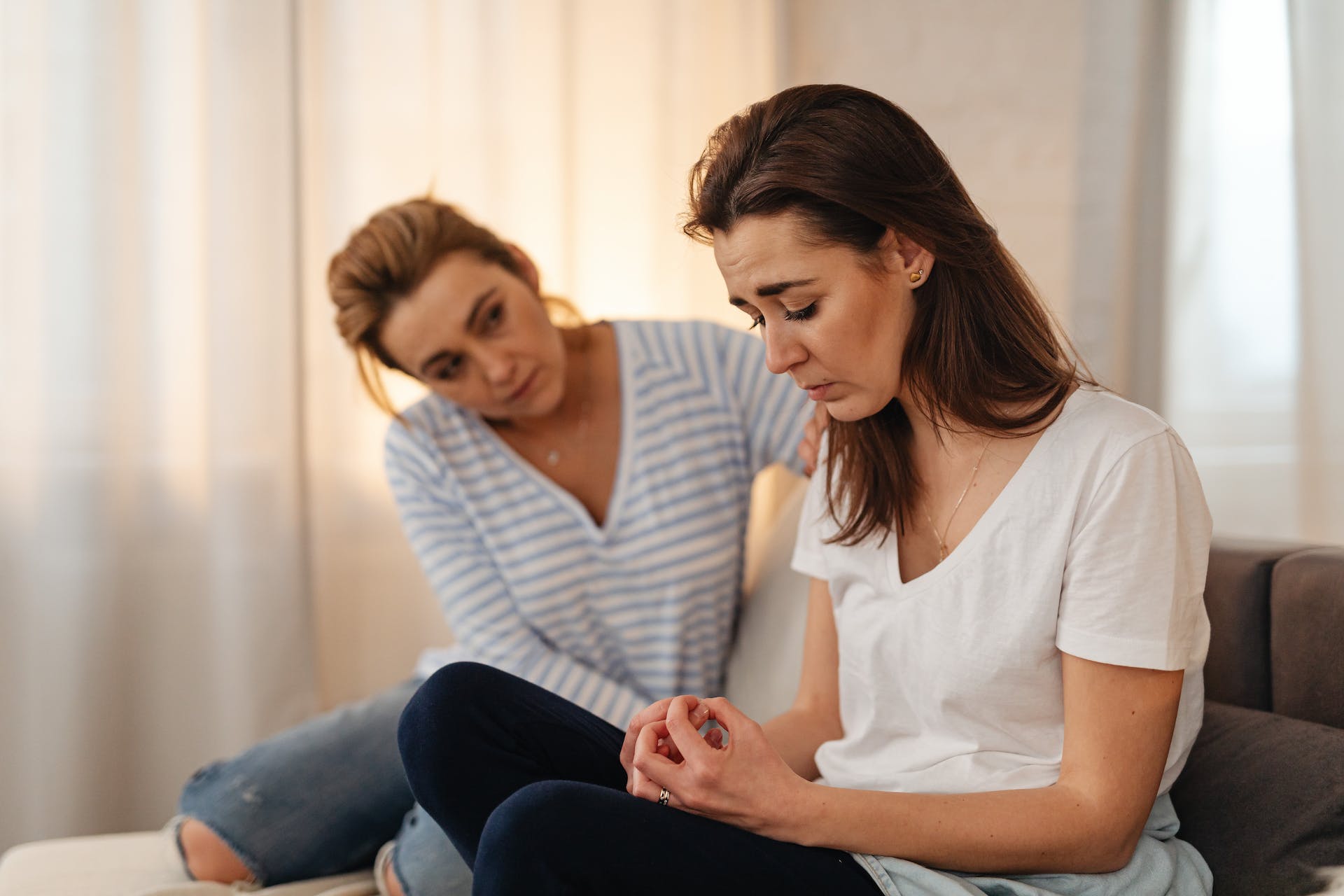What to Do When You Fall in Love with Your Friend: A Practical Guide
Emotional intimacy can happen with a platonic relationship or an intimate one. In some cases, you may start out as friends but then develop romantic...
4 min read
![]() Williamsburg Therapy Group
:
Jan 22, 2024 10:52:00 AM
Williamsburg Therapy Group
:
Jan 22, 2024 10:52:00 AM

Many of us wonder how to feel better about our bodies, as the media has historically bombarded society with the idea that the perfect body shape is attainable if we only lose weight. Weight loss is a billion-dollar industry, thriving on the negative thoughts that we have about our appearance.
All of this negativity takes a toll on mental health and, in some cases, can even lead to eating disorders. However, negative body image can be overcome with some time, effort, and strategy. Here are 12 tips to help you feel better about your body.
The first step is not to repress your feelings. If you feel uncomfortable, sit with this for a while. You aren't going to fix your beliefs and ideas about yourself instantly, so take some time to think about how you feel, and why you may feel that way.
A good way to cultivate positive feelings toward your own body is to make an effort to stop judging bodies at all. Body neutrality (a concept we'll dive into more later) is a movement that aims to take focus from bodies as something we need to constantly change but simply accept without judgment.
What do you like about your body, and what can your body do for you? Practice gratitude when it comes to your body. Find something to be grateful for every day--your energy, your eyes, your strong legs, or your broad shoulders.
Many of us believe that if we only drop those 5, 10, or 30 pounds, we'll finally find happiness. This isn't true. If you have a poor body image where you are now, you will certainly have it even if you lose weight. It's far too easy to find some other negative aspect to focus on, or to decide that the weight you lost was not quite enough. To be truly happy, learn to love the body you're in right now.
Positive affirmations can help pull you into a place of body positivity. Be kind, and make a point to talk about yourself the same way you would talk to a friend or even a stranger on the street. Would you say the things you say about your body to them? Then don't say it to yourself!
"Thinspiration" accounts are popular on social media platforms like Instagram, but they can be harmful to people who have poor body image. Stop following these accounts if they make you feel bad about yourself in any way. And as you unfollow, take a moment to reflect that their body probably looks like that with the help of professional lighting, makeup, and a keen knowledge of posing to your best advantage.
Part two of the social media cleanse is to seek out social media accounts of influencers with all body types, with a focus on those that have a body shape similar to yours. This can allow you to see someone who looks similar to you having fun, looking sexy, and rocking their life—a great way to improve body image.
When you notice yourself having a mean thought about your body, take a moment to redirect that thought. Challenge it with facts. Don't let a critical thought stand, but find a way to turn it into a positive thought, or at least a neutral one.
You never know what your body is capable of if you don't try new things. Let it show you what it can do by challenging yourself with new activities. Take a fitness class, try dancing, or take acrobat lessons. Make exercise feel good and fun, rather than something "you have to do" to fix your body.
Self-care can help if you struggle to love your body. Cultivate healthy habits, such as:
Dress in a way that makes you look and feel good. Don't squeeze into clothes that feel tight and restrictive, but find clothes that complement your body. And don't hold on to clothes that are two sizes too small, waiting to "fit back into them." Donate them and get clothing that looks great now!
All the things we mentioned in this article may not yet be accessible to you, especially if you have severe body image issues or have struggled with eating disorders. But one of the ways to feel better about your body is to take it one step at a time. Some experts believe that it's more important to build body neutrality than body positivity.
Body neutrality is the act of learning to look at all bodies, including your own, without making any judgments at all. Body positivity may be too much to ask for, but body neutrality can be more accessible. You learn to accept your body as it is, move it, and care for it without trying to change anything.
If you feel you need help getting perspective on your body, therapy can be a good way to be grateful and accept your body without judgment. A dedicated Brooklyn body image therapist can help guide you toward a healthy relationship with your body using cognitive behavioral therapy to help redirect negative thoughts and feelings.
Remember that confidence is a work in progress. Every day, try to think of something about your body that you are grateful for: your muscles, your brain, or the beauty of your smile. Bodies change over time, and it can be better for your well-being to simply understand that your body is there to help you live your life and move you through the world in fun and exciting ways.

Emotional intimacy can happen with a platonic relationship or an intimate one. In some cases, you may start out as friends but then develop romantic...

Some people are naturally assertive, understanding what they want and using their own abilities to ask for what they need. However, many lack...

Most people have days like that every now and then. Days where you may feel sluggish and unhappy, out of control, or dissatisfied with life. However,...